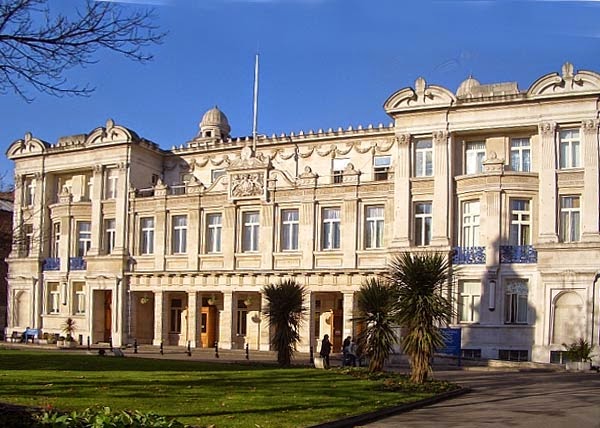NEWS
Fees, Disruption And The Meaning Of The University

The history of the itinerant scholar can be traced through the founding of various schools in the early centuries. A major shift occurred around 1000, in Italy, when the first universities were founded under the sponsorship of governments and religious organisations. This marked the point at which the interests of a larger public influenced the formation of and activities within the ‘Ivory Tower’.
In the United States, the second major transformation occurred in the mid-19th century with the passage of the Morrill Acts, which established major public universities through the sale of government lands.
This action was precipitated by two critical realisations. The first was the need to develop research and training to support the country’s economic development, primarily agriculture. More importantly, it was understood that individuals needed education and training beyond secondary school in more substantive ways than could be provided through vocational and technical programmes.
While public universities had coexisted alongside private ones up until then, this action recognised that there was a need to increase the capacity to advance knowledge and education for a broader swathe of the population.
Universities in society
From that point, universities essentially fell under the public purview in the same way as any other division of education. Funding decisions were no longer passed unquestioningly and all activities within the Ivory Tower were influenced by larger societal interests. This was an important change and recognised that degrees and certificates issued by universities provided entrance and advancement into the larger economic and civic life of society.
This is now recognised globally. Government decisions, particularly with regard to tuition and other admissions costs, determine who can be excluded and who has access to higher education. Specific education programmes are also determined by both universities’ capital expenditure and operational budgets.
This also influences decisions about who is admitted, as can be seen in recent efforts in the US to reduce tuition costs and globally with various student protests about fees. The links between government intervention and admission and employment issues are also a factor in the current debate around oversupply of graduates and employability.
Vested interests
The access and funding debate becomes critical when we look at the increasing economic divide between the top 1%, or more importantly, the upper 20%, and the remainder of society.
Government policies and allocation of resources have a critical role to play in tackling this divide, but they are affected by vested interests at the top, which include in universities themselves.
The influence of the top 20% over policy areas such as land use, intellectual property, finance and access to education can be seen in debates about policies which ostensibly benefit the wider public, but are tilted more towards those at the top. It is those who are in the upper 20% who have the ability to influence the direction of government policies that maintain the divide and prevent the introduction of policies that have a wider benefit to society.
If we look at the issue from a US-centric perspective we can see how this might translate globally.
Public institutions (and maybe some private non-profits such as some small liberal arts schools) have a falling enrolment due, in part, to the passing of the population bubble. A government that is less supportive of higher education exacerbates the situation.
This leads to programme shrinkage and a shift to hiring faculty on a more casual basis, meaning they move into the precariate and out of the middle class. This faculty have dropped several rungs down the economic ladder and have a vested interest in government funding favouring universities. However, student loans push the burden of funding higher education onto those who have the least means to finance it, protecting the 20% in general as well as faculty.
Skills credentials
Meanwhile, the shift to an emphasis on ‘competencies’ shows how the traditional idea of the university is changing. This shift means the old vocational or technical certificates are losing their cachet to a certain extent and are no longer as useful as they were in the past.
Those working in the Internet of Things area or in the ‘maker’ community, for example, will gain not only skills credentials but exposure to much that is now claimed for the liberal arts side of academia. It is important how government chooses to intervene and strengthen the ‘university’ status quo in the face of such changes.
Universities as institutions are likely to be in a long cycle of disruption as alternatives compete. This means their funding models are up for debate as never before as the whole concept of the university comes under scrutiny.